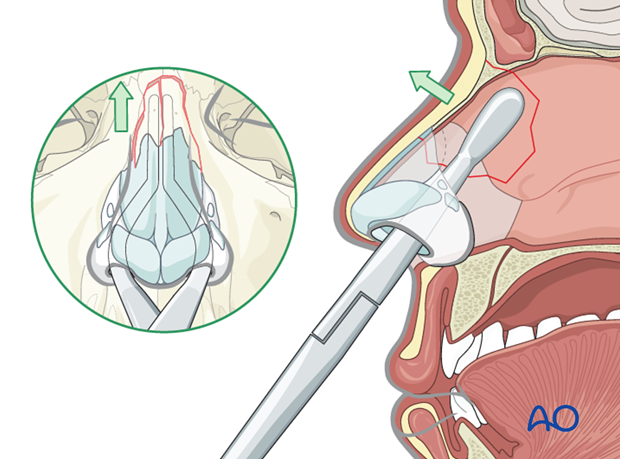Nasal Bone Reduction
Overview

Why it's done
Cosmetic Enhancement: Many individuals opt for nasal bone reduction to achieve a more balanced and proportionate facial appearance. This cosmetic surgery addresses concerns such as the width or prominence of the nasal bones, enhancing overall facial aesthetics.
Facial Harmony: The procedure contributes to achieving facial harmony by reshaping and reducing the size of nasal bones. This can lead to a more symmetrical and aesthetically pleasing facial structure.
Self-Esteem and Confidence: Individuals may choose nasal bone reduction to boost their self-esteem and confidence by addressing perceived nasal irregularities. Improving the appearance of the nose can have a positive impact on overall self-perception.
Functional Considerations: In some cases, nasal bone reduction is performed as part of rhinoplasty to address both aesthetic and functional aspects. This may involve correcting breathing difficulties or other functional issues associated with the nasal structure.
Personal Preferences: Individuals may have personal preferences regarding the size and shape of their nose, and nasal bone reduction allows them to align their nasal features with their desired aesthetic goals.
Risk
- Bleeding
- Infection
- Scarring
- Nasal Obstruction
- Anesthesia Risks
- Asymmetry or Irregularities
- Loss of Smell
How do I get ready for nasal bone reduction surgery?
Consultation with a Surgeon:
- Schedule a consultation with a qualified and experienced plastic or facial plastic surgeon.
- Discuss your goals, expectations, and concerns with the surgeon.
- Provide a complete medical history, including any pre-existing health conditions, medications, allergies, and previous surgeries.
Health Assessment:
- Undergo a thorough health assessment to determine if you are a suitable candidate for the surgery.
- Follow any pre-operative instructions provided by the surgeon, including lifestyle modifications or medication adjustments.
Quit Smoking and Avoid Certain Medications:
- If you smoke, it is advisable to quit several weeks before the surgery to promote better healing.
- Avoid medications or supplements that can increase the risk of bleeding, as instructed by your surgeon.
Complete Pre-operative Tests:
- Undergo any required pre-operative tests, such as blood tests or imaging studies, as recommended by your surgeon.
Arrange Transportation and Support:
- Arrange for someone to drive you home after the surgery, as you may be under the influence of anesthesia.
- Consider having someone available to provide assistance during the initial recovery period.
Prepare for Recovery:
- Set up a comfortable recovery area at home with necessary supplies, including prescribed medications, cold packs, and soft foods.
- Plan for time off work or other obligations to allow for a proper recovery period.
Follow Fasting Instructions:
- Follow any fasting instructions provided by your surgeon to prepare for anesthesia.
Communicate with Your Surgeon:
- Keep open communication with your surgeon and address any last-minute concerns or questions.
- Confirm the time and location of the surgery, and make sure you know where to check in on the day of the procedure.
Mental Preparation:
- Mentally prepare for the recovery process and any potential post-operative discomfort.
- Understand and accept that results may take time to fully manifest.


